Cycling across Malaysia
Posted onIn February and March 2024, I have cycled from Singapore to Penang. This post is for those who plan a similar trip. It’s not a travel diary.
The landscape
If you ride on the West coast - that’s where most cities are - you spend most of your time looking at palm oil plantations and rice paddies. I found the landscape fascinating, although seeing palm plantation after palm plantation along a busy road got quite monotonous after a while.
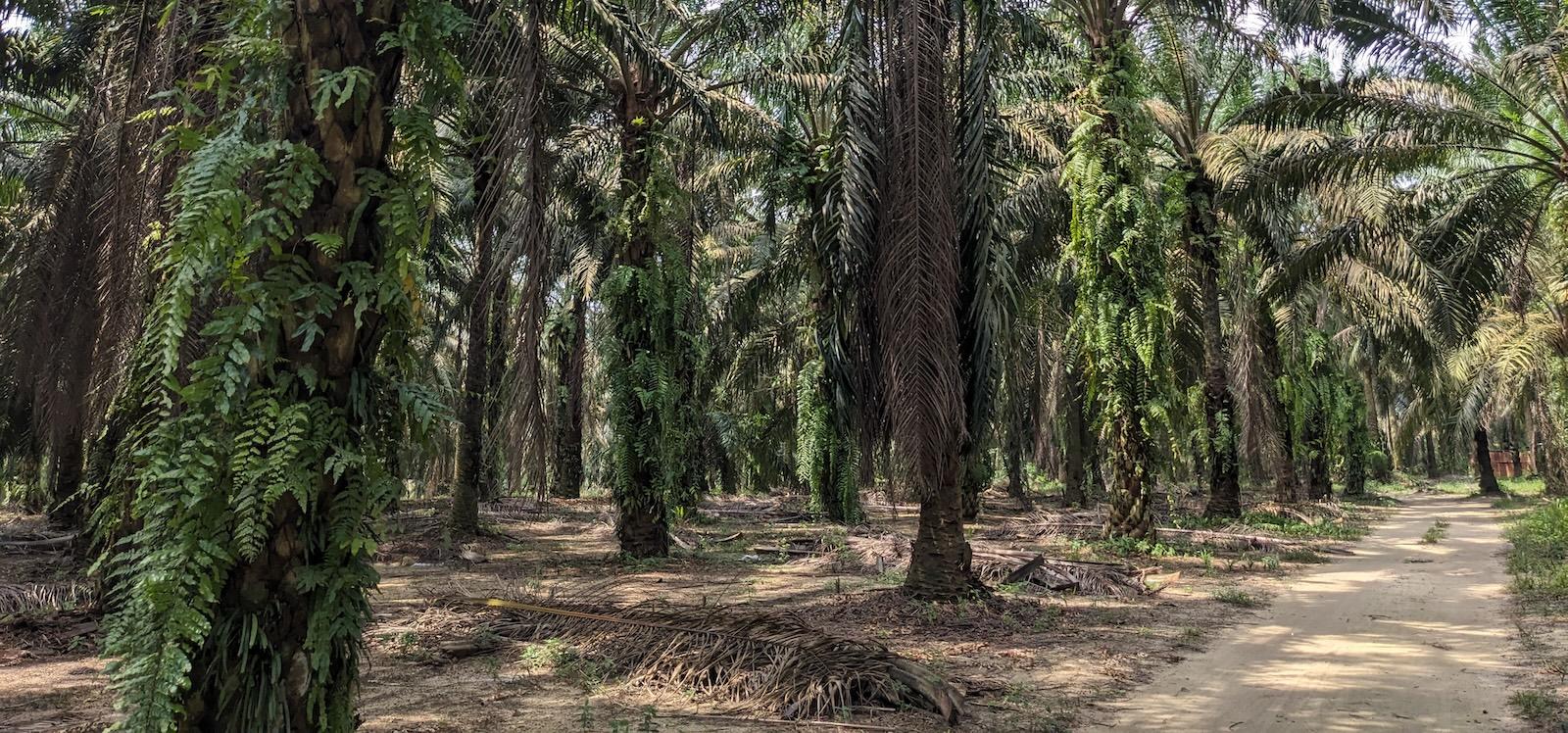
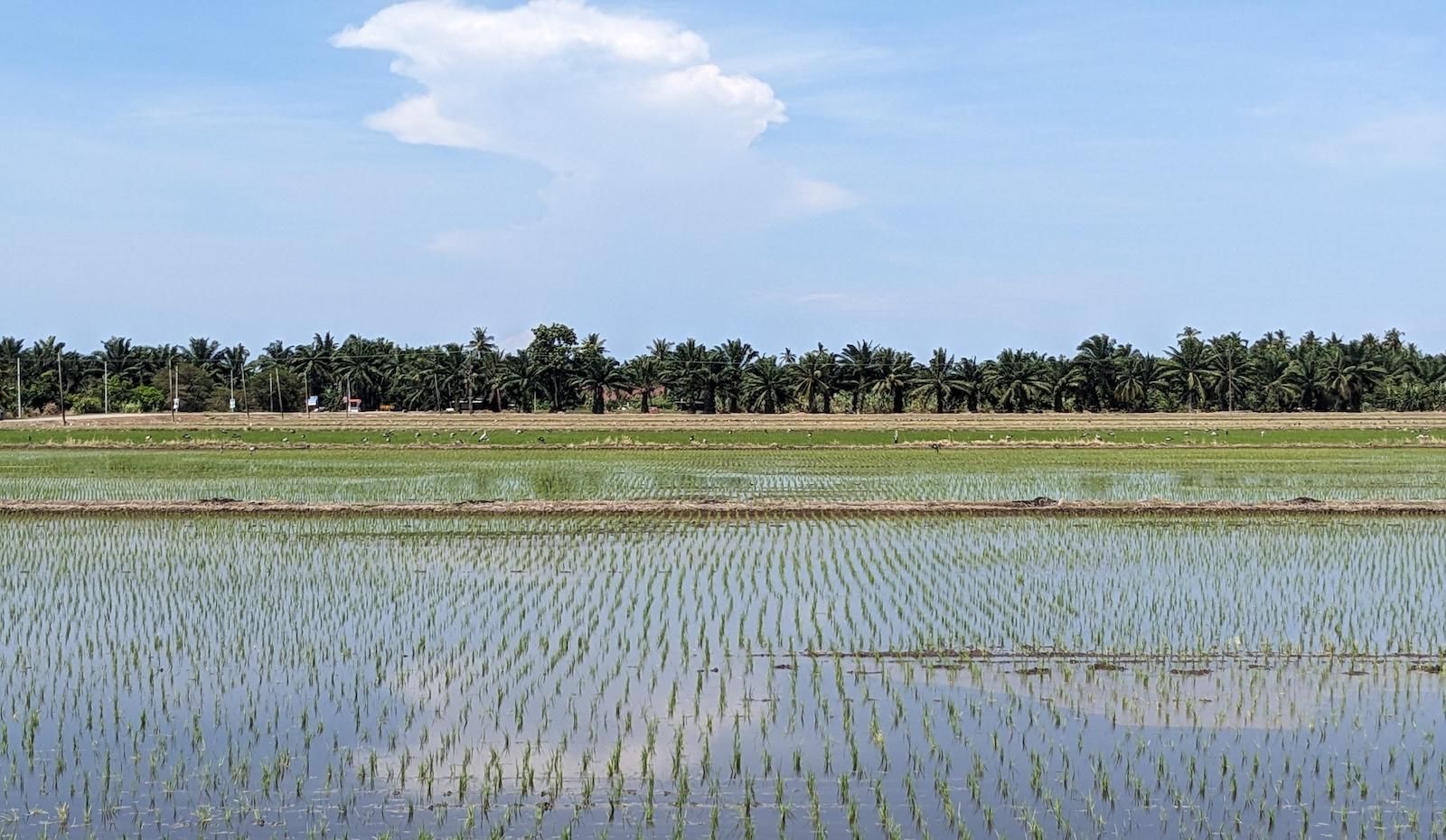
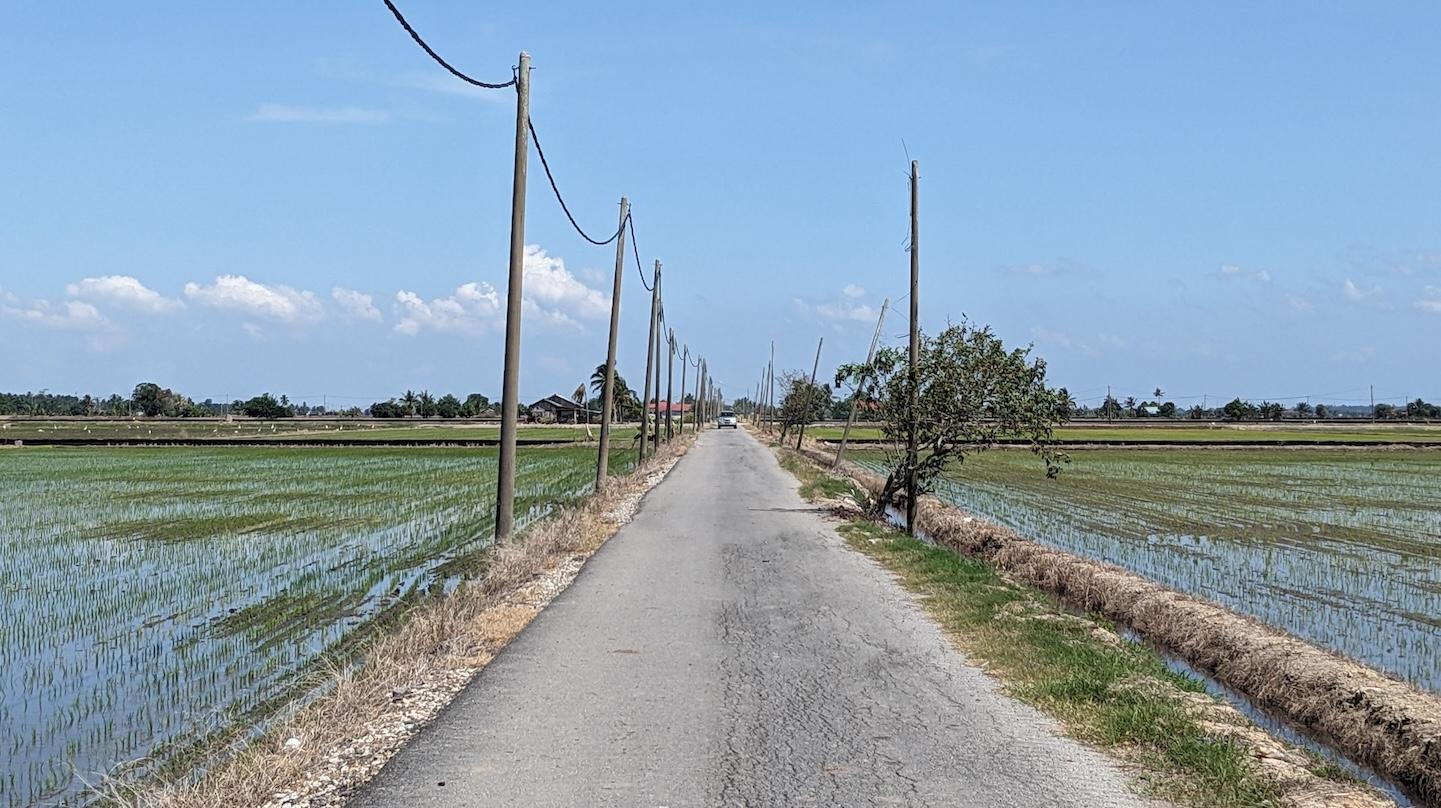
Although you follow the coastline, you won’t much of the sea. It’s usually hidden behind 50 metres of mangroves or palm trees. In any case, the water is too muddy to swim in. Even on nicer beaches of Pangkor and Penang, it’s rather murky and polluted. I heard that it’s much better in Langkawi.
Since you’re cycling along the west coast, you will be treated to breathtaking sunsets almost every day.
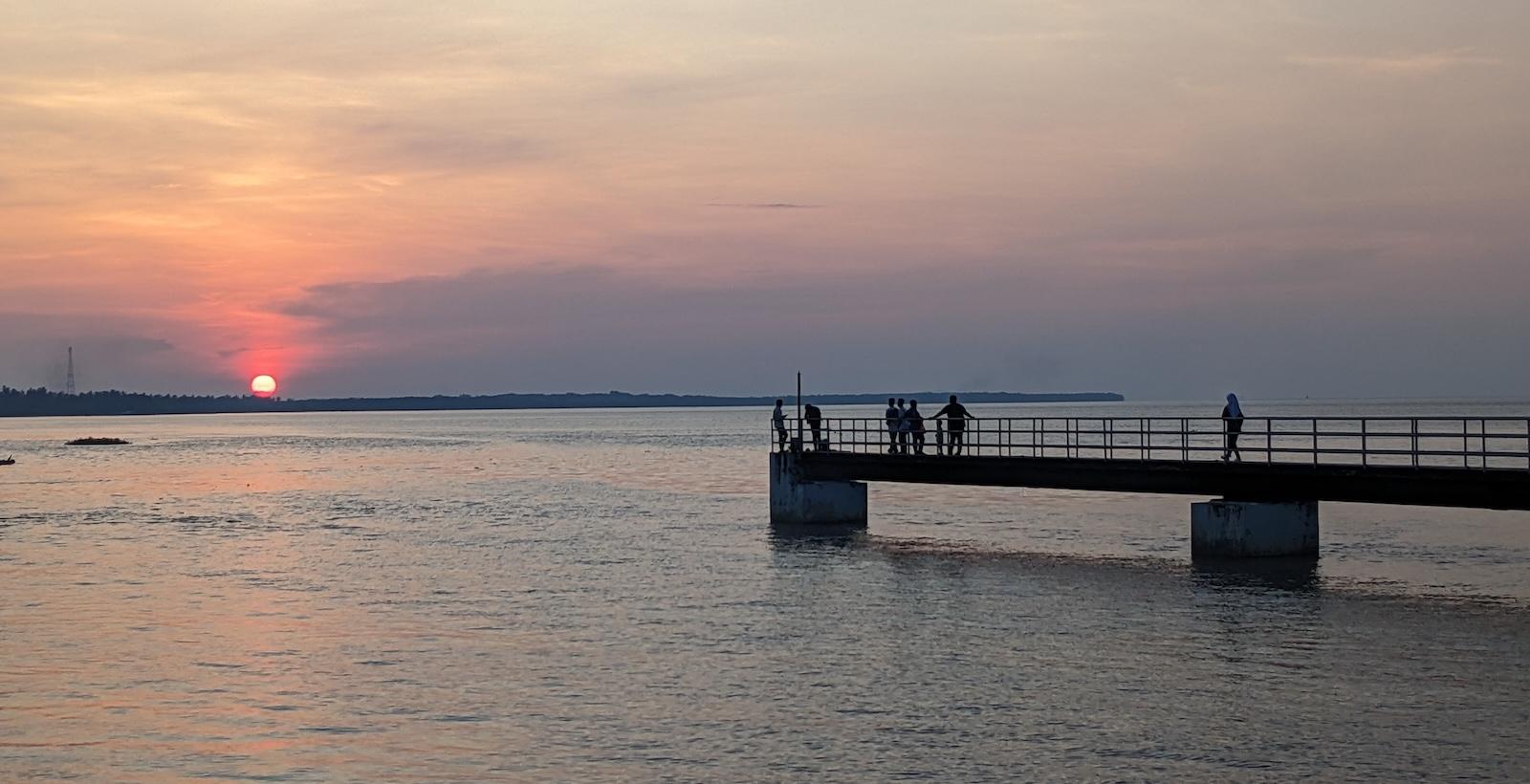
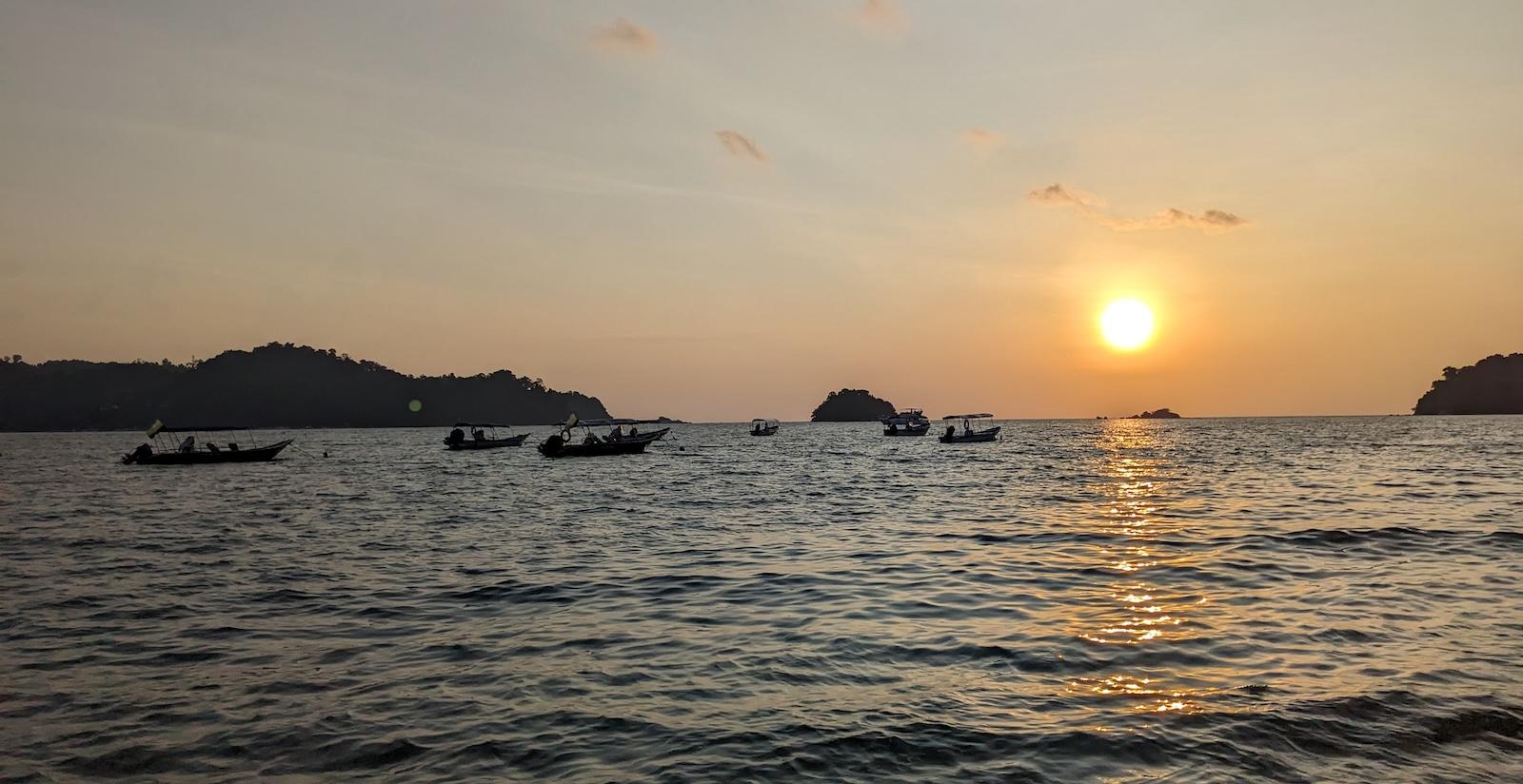
The cities are quite nice. I loved walking around Malacca, and especially Georgetown. Despite spending 3 weeks in Georgetown, I have almost no pictures. It’s a beautiful place, take my word for it.
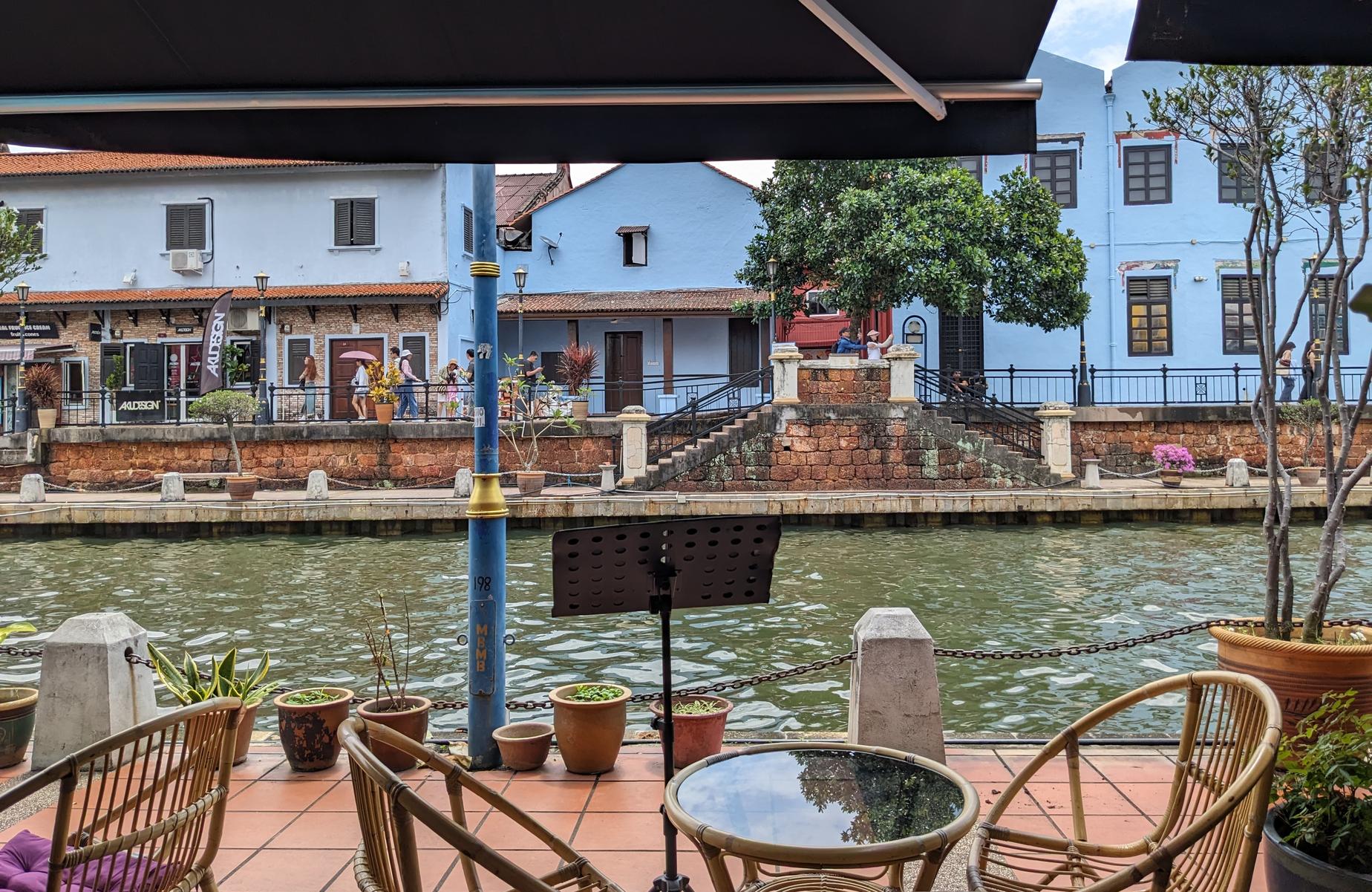
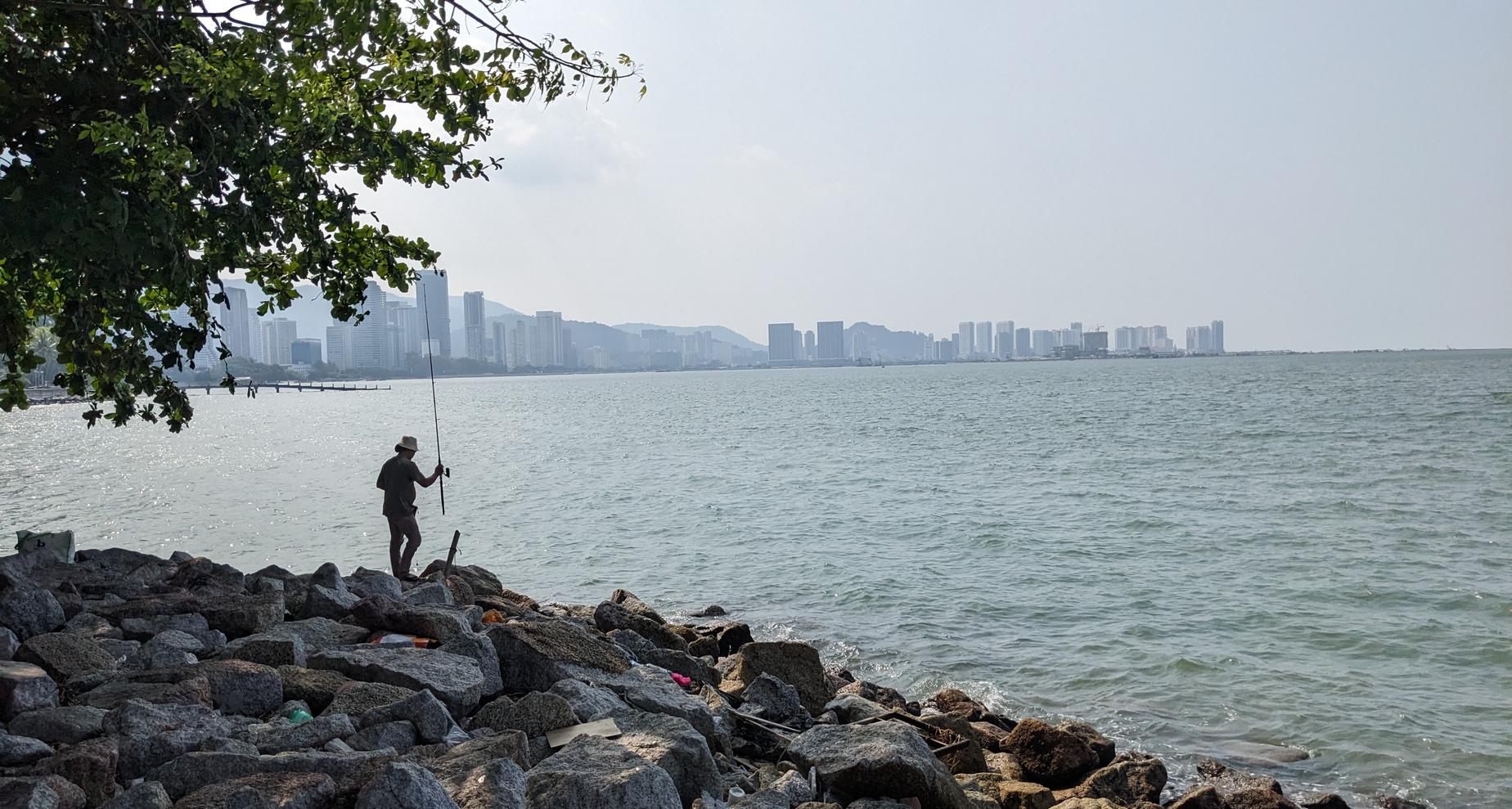
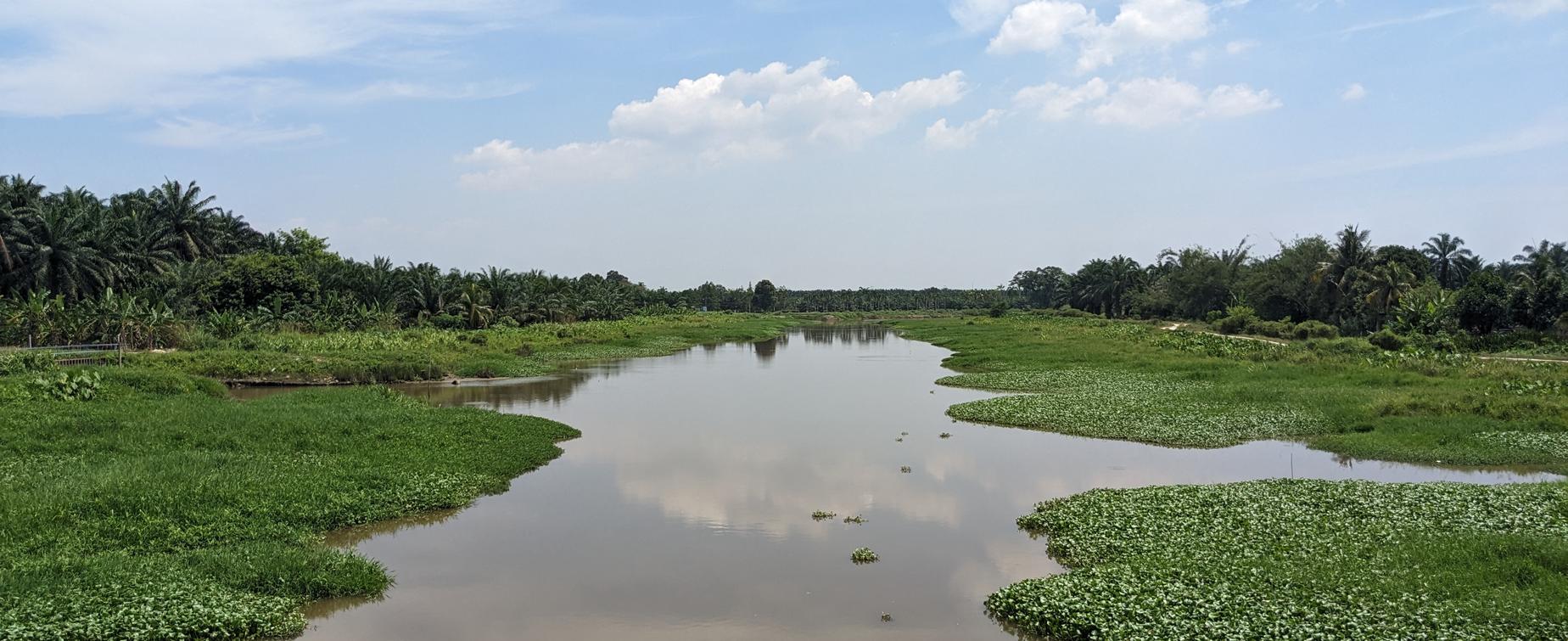
Some of the mosques are simply breathtaking. The one in Bagan Datuk was my favourite.
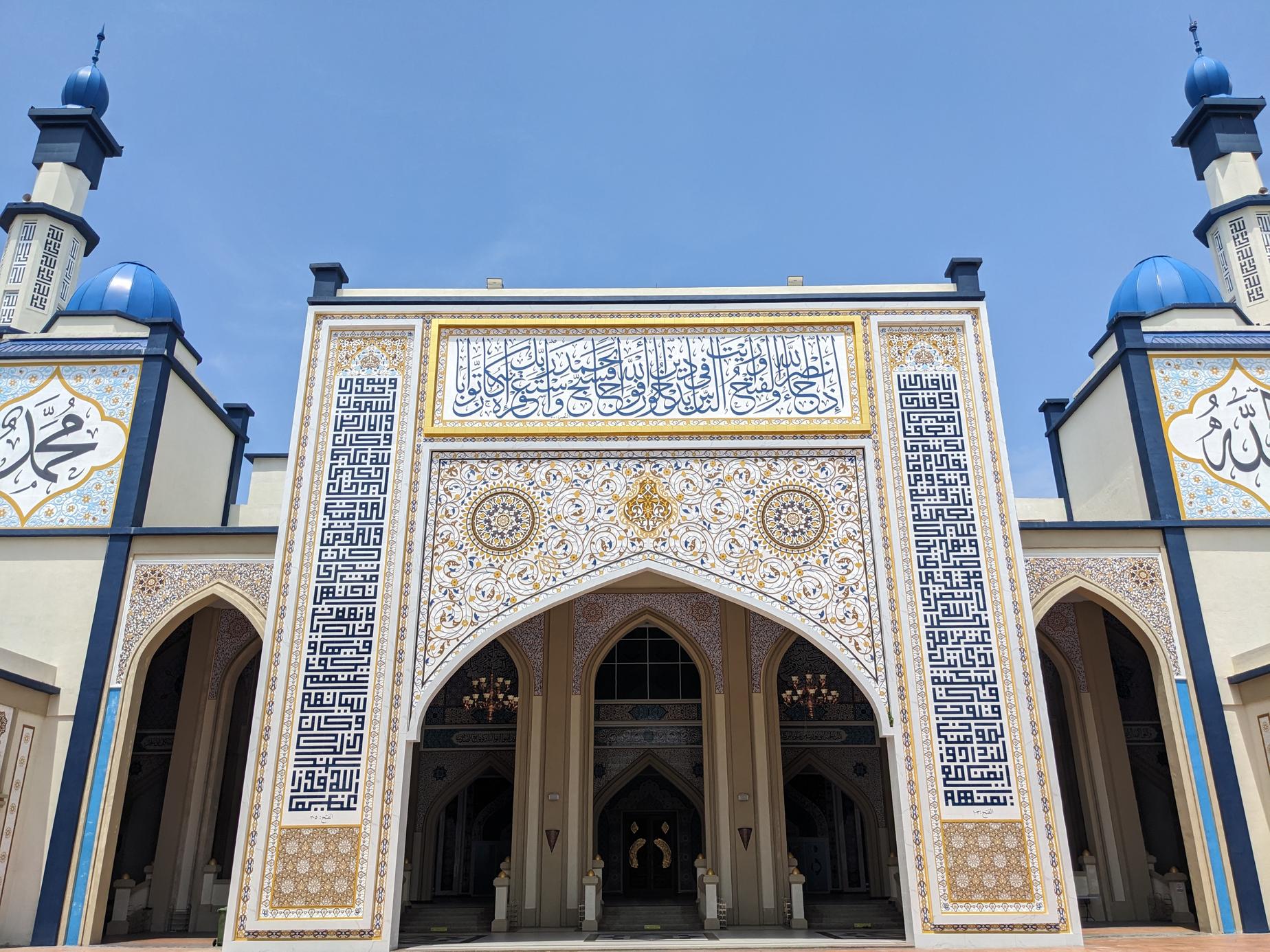
The road
Routes 1 and 5 connect most of Malaysia’s west coast. These roads are lined with businesses and open-air restaurants, making food readily available wherever you are. There is usually a broad shoulder to ride on, and Malaysian drivers are surprisingly accommodating of the rare cyclists they come across.
Along the main road, the air is filled with dust, diesel fumes and the loud groan of loaded lorries. It’s not a pleasant place to be, but it’s often the only option.
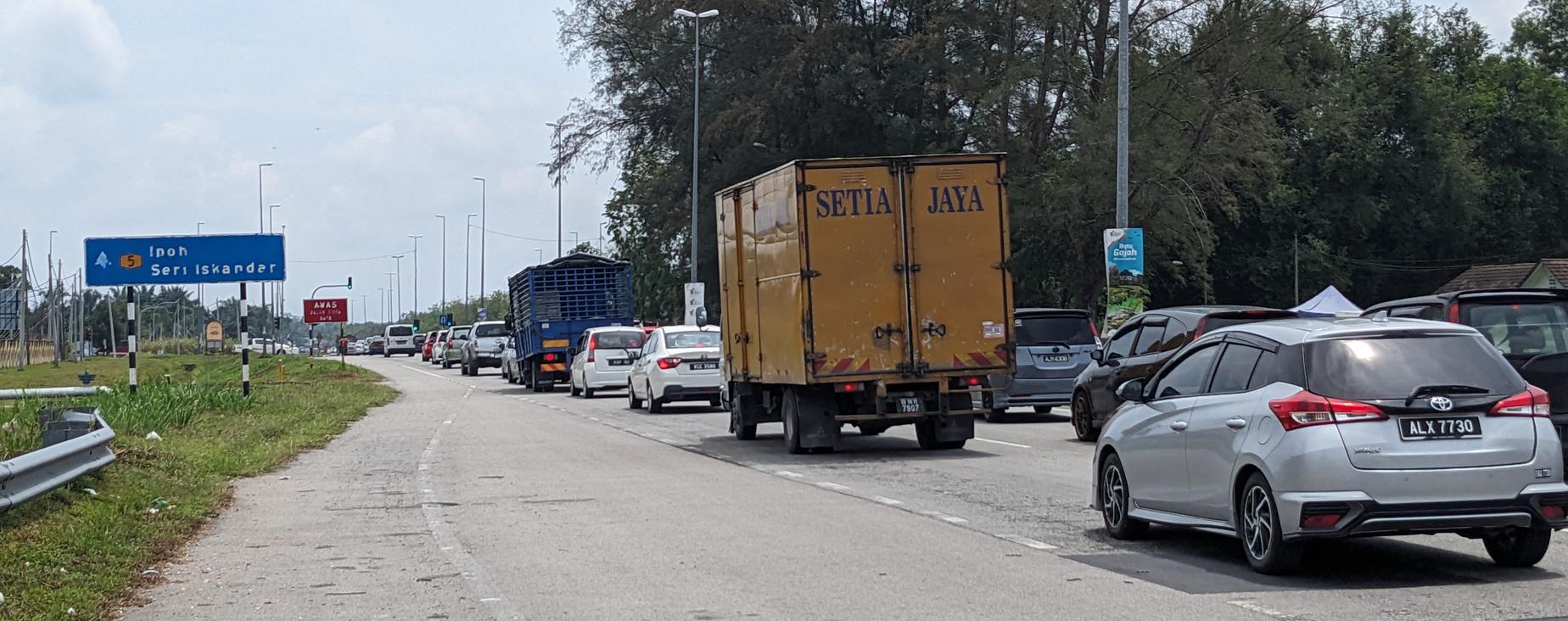
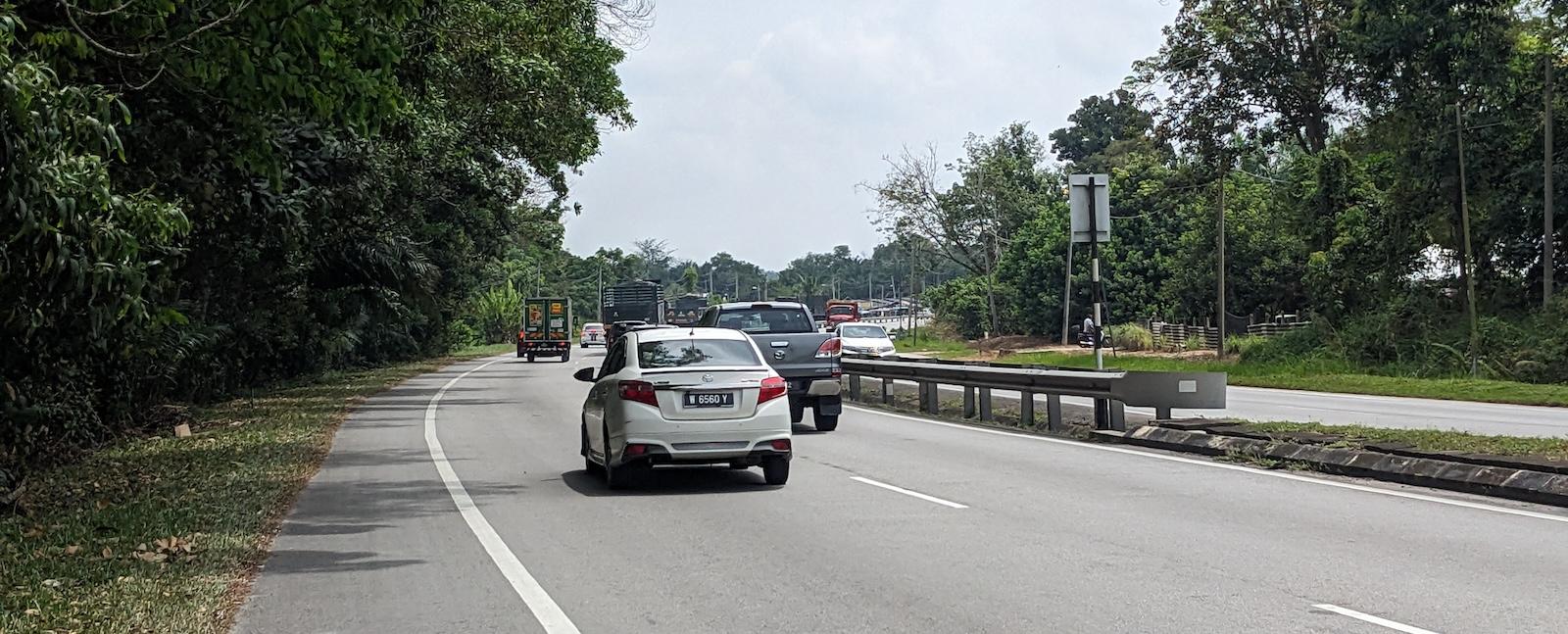
The secondary roads are quieter and give you a better glimpse of village life. The frequent speed bumps sent my panniers flying every time, but they kept most of the traffic at bay. Unfortunately, I found it hard to build a route out of those small roads, and often ended up back on the main road.
There are also gravel service roads, mostly nearest to the sea and across palm oil plantations, often in the shade of trees. There I saw packs of monkeys as well as cows, giant lizards and the occasional boar.
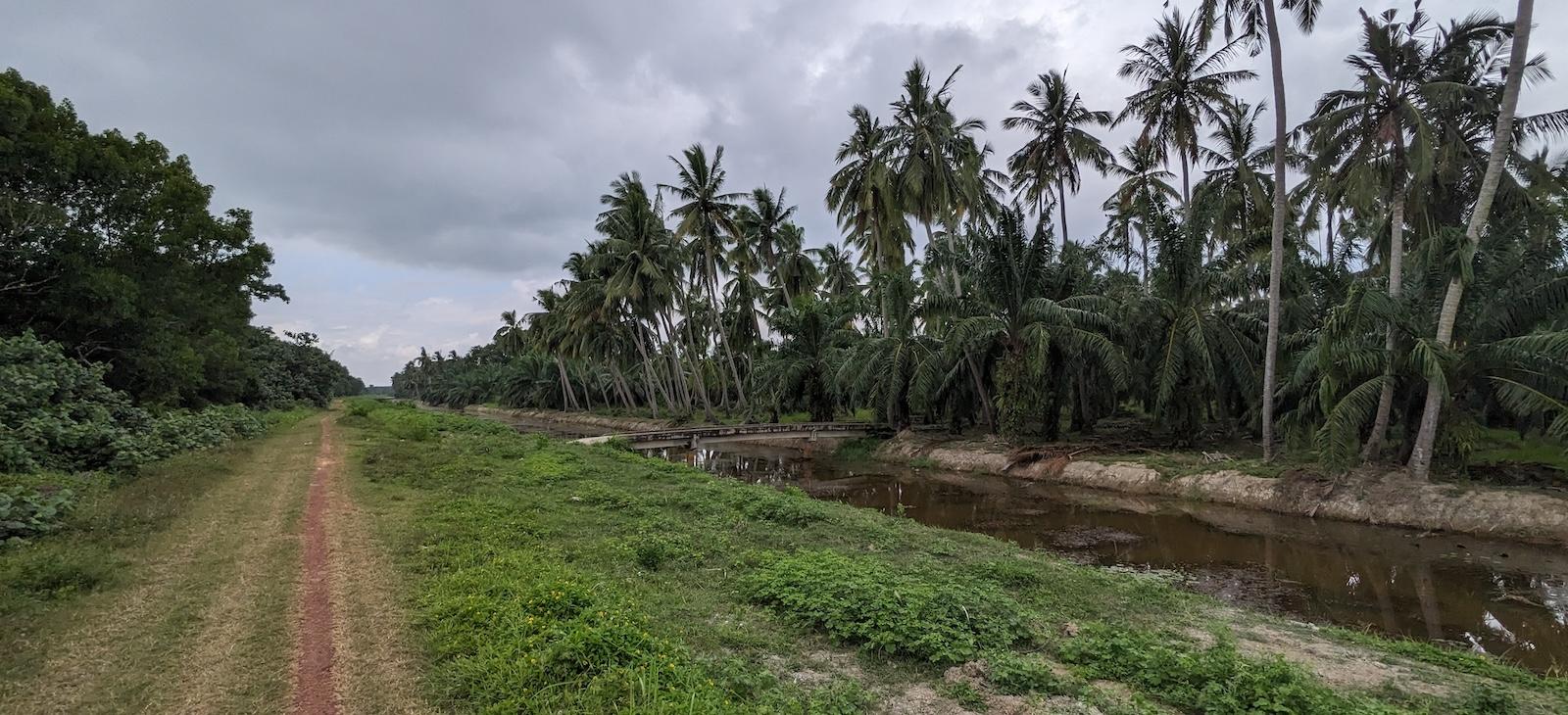

Malaysian city planners do not account for pedestrians, let alone cyclists. The only ways in and out of the Johor Bahru, Kuala Lumpur and Penang are expressways and busy roads without shoulders.
I cannot stress how crazy and dangerous it is to try riding into those cities. After a bout of cycling on the expressway in Johor Bahru, I vowed to never do anything like that again.
I booked a Grab 6-seater cab to get in and out of Kuala Lumpur. It cost me 120 MYR each way - about 25€. It’s a small price to pay for the convenience of not dying. On the weekends, you can also use the train. Intercity buses might also carry your bike for a little kopi money (20 MYR).
I also took a cab to get to Georgetown (Penang) after carefully studying the lack of safe alternatives. It cost me 55 MYR.
The weather
Brutal. In February and March - right after the monsoon - it’s 30º to 37ºC with 70% humidity. The heat the hardest part of the trip. Locals will sometimes question your sanity. You might sometimes question it too.
Sometimes, you’ll be lucky to ride in the shade of palm trees, but for the most part, you’re out in the open, getting pounded by the sun.
You have no choice. Drink a lot of water, slather yourself in sunscreen, and just tough it out. Proper bicycle clothing also helps a lot.
Fortunately, it rarely rains until the late afternoon. It comes in short, intense showers that are easy to avoid. Even then, getting caught in a downpour is just a minor hassle. It just cools you down and washes your bike.
Between July and September, farmers burn their crops and fill the air with smoke. This might be a bad time to ride, according to a local cyclist.
The people
Absolutely delightful. The whole lot of them. The kindness and curiosity of Malaysians was by far the highlight of my trip.
Malaysia felt outstandingly safe. I never had to worry about my safety (except while riding on the expressway), or second-guess anyone’s intentions. I could blindly trust everyone I met, and that was great.
Malaysia has a small but vibrant cycling community. I met a few of them on the road and through social media. They are friendly and eager to share knowledge. They kindly took me around Malacca and Kuala Lumpur and kept proffering advice during the rest of my trip. A lot of what you read now comes from them.
The dogs are less friendly. They will chase you if you get close to them, and you might sometimes need to switch lanes to avoid them.
Accommodation
Hotels are plentiful along the main road. Booking.com works just fine here. Accommodation is rarer and more expensive during Chinese New Year, and slightly less so during the school holidays.
There are hostels in larger cities. I have not seen any campgrounds and wouldn’t try camping in this weather. You will not need camping gear here.
Most hotels are fine. They can be somewhat old and dingy, but I always had a comfortable bed, air conditioning and good Wi-Fi.
Food and drink
On the main road, you are always 5 to 20 minutes from a hot meal and a cold drink. Even the smallest village will have a warung. You don’t need to pack lunch or even snacks. Vegetarian food might be really hard to come by.
You just need water. Lots of water. You can drink the tap water in Malaysia, and every restaurant has a sink where you can wash your hands, wipe the grime off your face and refill your bottle. Most of them serve iced drinks.
Few hotels include breakfast, but there’s always a kopitiam nearby where you can fill up before the ride.
A large part of Malaysia’s population is Muslim and fasts during Ramadan. This might make it harder to find food. Malaysians who don’t celebrate Ramadan also avoid eating around those who fast, as a sign of respect.
The route
The West coast is the more sensible route, as it crosses most of the big cities and important sights. The monsoon ends later on the East coast.
I regret going to Johor Bahru, and wish I’d crossed the border further East. My hotel was trapped between two expressways, and leaving the city involved a reckless ride on the expressway.
Do not bike up to Cameron Highland. It’s a narrow, winding road with many blind turns and no shoulder to ride on. I found it rather underwhelming as a destination. It’s a permanent traffic jam with no cabs or public transit. I never got to see the jungle because I couldn’t find transportation to it.
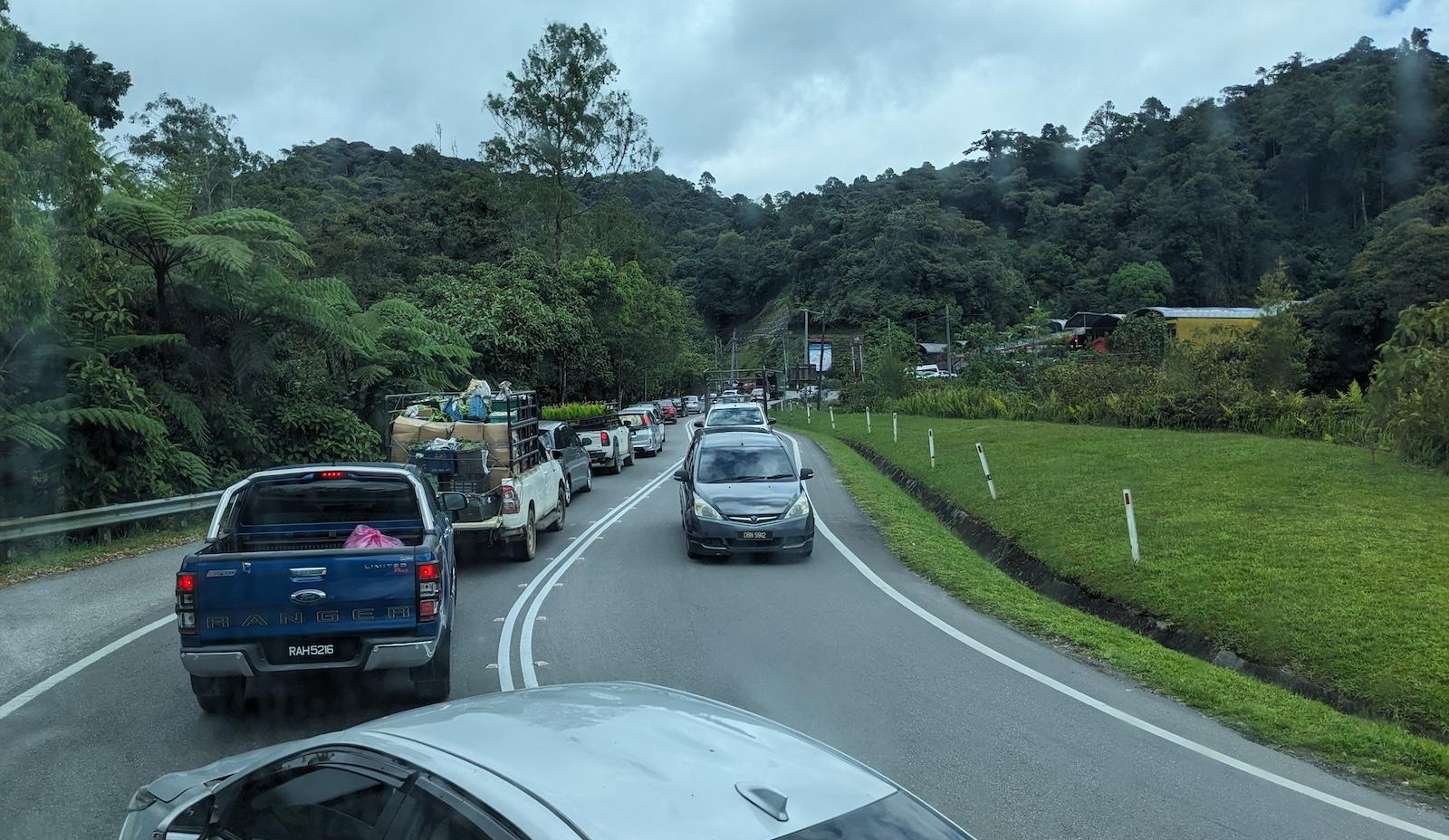
Practical details
Flying with a bike
Bringing my bicycle with me was a pain. Most airlines have labyrinthine luggage policies regarding bicycles. Even they can’t figure them out when asked.
Finnair was the only airline with a clear price for bikes, but it was not cheap. Besides, they pummelled my bike box like it insulted their mother. When my bike came out on the conveyor belt, the box was torn open with a wheel hanging loose. My heart stopped when I saw the carnage, but nothing fell out or got damaged.
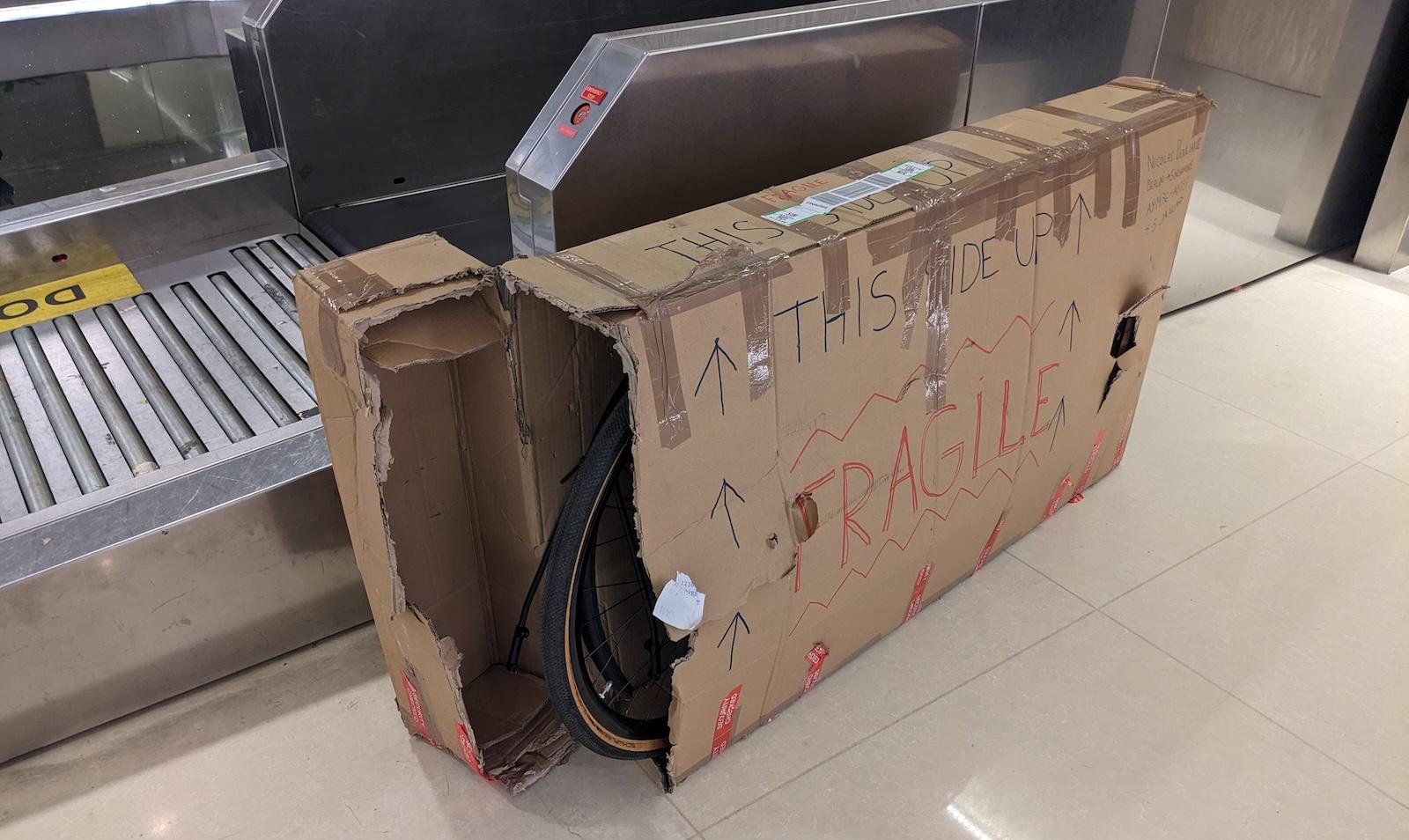
Scoot is a much cheaper option. They let you check in a bike as part of your luggage allowance, so no extra charge so long as you’re within the weight limit. For some reason, their customer support refused to tell me this, insisting that I’d know when I check in. At the airport, there was no fuss and no extra charge. They accepted my 30 kg box without a word. Another internaut had the same experience.
The kind people at Lim Bicycles in Penang prepared the bike for the return journey. They gave me a bigger, sturdier box, and wrapped the frame with extra cardboard. I paid 15 MYR for the box and 90 MYR for their trouble. It was well worth the money.
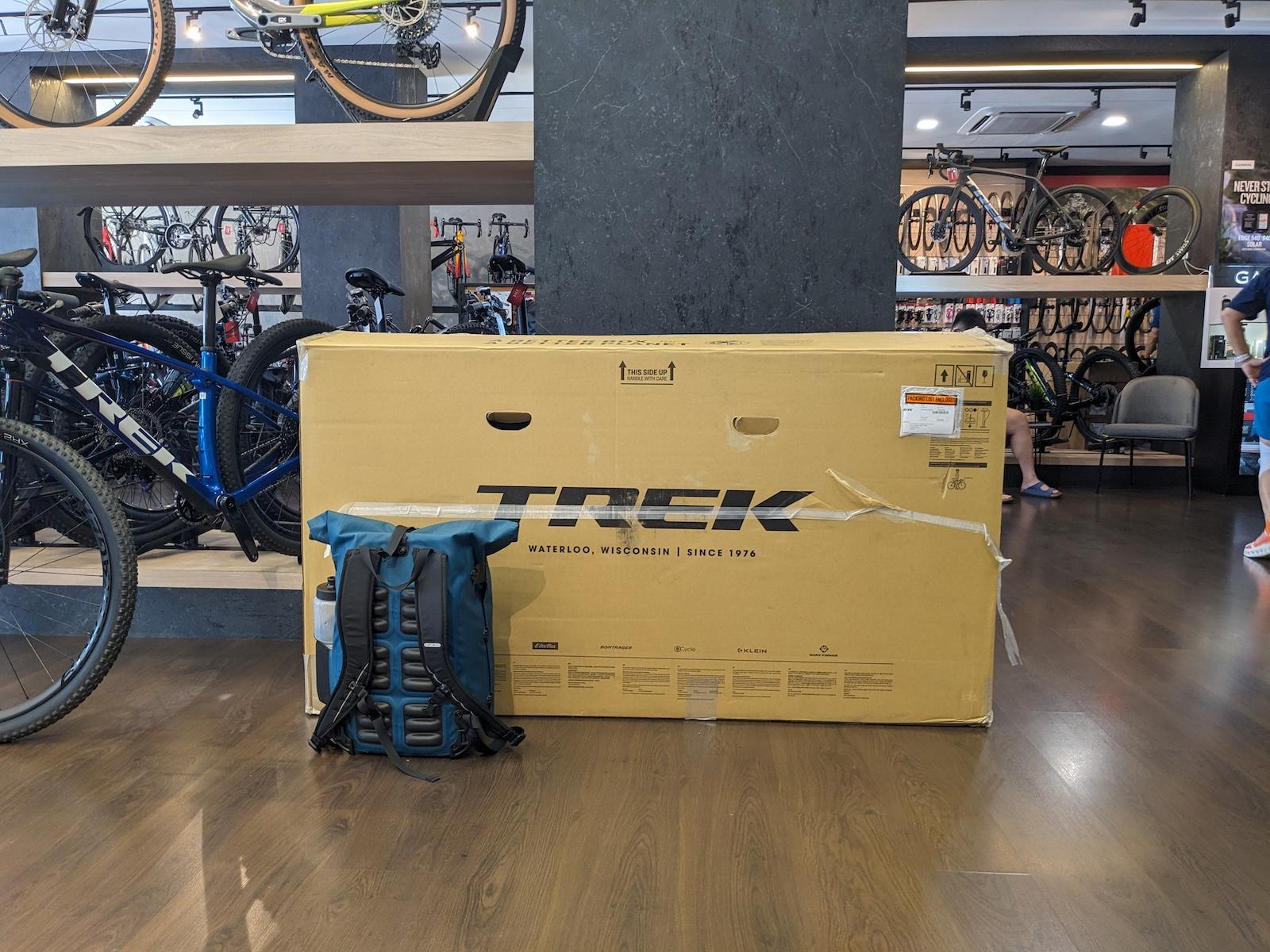
Tech
You get solid phone reception almost everywhere, so you can rely on mobile data. I got a SIM card from Nomad before leaving, so I had internet as soon as I arrived in Singapore. I had reliable mobile reception the entire time.
I use OsmAnd to get detailed offline maps, and Google Maps with satellite view to guess road quality. Both maps were fairly accurate. I was not led astray by bad maps.
Whatsapp is very common here. Hotels sometimes assume that they can contact you that way. So do most people. It’s good to have.
Bicycle gear
There are some bicycle shops along the route, although I did not check them out. I’d advise carrying your own tools and some spare tubes.
I strongly recommend getting a hiplock. I use it all the time to lock my bike and panniers while I pop into a store or stop for lunch. At night, I used my heavier lock. Hotel staff often let me lock my bike in a safer place.
Ear plugs are also good to have for riding along busy roads.
Working on the road
Malaysia does not have a lot of infrastructure for digital nomads. It’s rather hard to find a desk to work at, or even a friendly coffee shop. Most restaurants and coffee shops here are open-air. Nice air-conditioned hipster cafés with laptop tables are a rarity. You only find them in Kuala Lumpur, Ipoh and Penang.
On the bright side, all but one hotel had fast Wi-Fi.
Conclusion
Visiting Malaysia was a fantastic idea. Doing it on a bicycle was questionable.
Flying with a bike was a hassle and cycling in the tropical heat was definitely type II fun. Had I done the same trip on a motorbike, I would likely have taken longer detours and made it all the way to Bangkok with less effort.
However, this trip was a way to avoid bearing the brunt of German winter, get a bit of exercise and discover a country I had hitherto barely heard of. Mission accomplished!
Any questions?
I published this post because sharing is caring. If you have more questions, feel free to write! I’d be happy to help. My email is contact@nicolasbouliane.com.